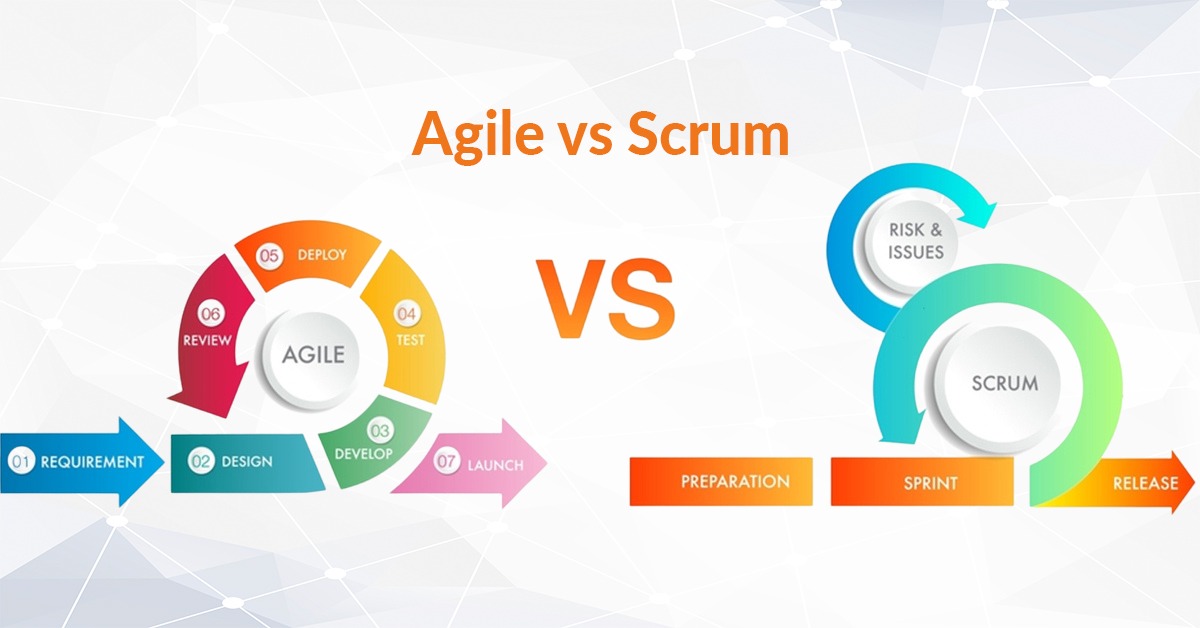Test Planning: 5 Most Crucial Rules to Become Agile. With respect to software development in the waterfall method, more emphasis is given to defining the various needs of a software product before entering the next phase of designing, which includes test planning and application design. As those requirements are quite known in advance before even adopting the waterfall method, defining a test plan is very much possible demanding quite a few modifications during the project lifecycle.
Test Planning:5 Most Crucial Rules to Become Agile. Now if we analyze those needs in the context of agile development, they have been updated and twisted very much spanning through the entire project. Presently, those various needs are often written on a “close enough to create code” or “just in time” basis. Despite many advantages of the present method, it creates many challenges for a Quality Assurance Lead.
Now organizations can formulate test plans even without a thorough realization of the scope of their projects; also they can be made to adapt to fulfill changing requirements.
Create an Agile Roadmap to Test Planning
1. Formulate a Test Strategy
As it is quite challenging to analyze the scope of different items which will undergo testing, it is quite crucial for a project to be successful to formulate a test strategy.
Building QA
- Decide on specific people that will hold the responsibility for building the QA.
- Decide on specific points in the sprint where a build will be provided to QA, and what additional hardware will be needed.
Creating test data
- Dependencies between components, in earlier sprints, that are under development may need imitation of test data.
- Also, the Test Plan required deciding on a suitable time for the creation of Test Data.
Test tools and testing
- Decide on specific people that will hold the responsibility for unit testing.
- Decide on a specific point with respect to the lifecycle of numerous products where product can be adequately stable to create automated tests.
- Narrow down different tools that can be utilized for performance testing and automated testing.
- The Test Plan is required to make sure that adequate resources and time have been allocated to different types of testing.
Integration testing
- Formulate ways in which different interfaces connecting the external systems and products will be tested.
- Decide on tools that can be utilized to test different interfaces.
2. Analyze and Determine the Scope
During different phases of agile development, emphasis must be given to QA during the entire project covering every sprint. The majority of enterprises typically allocate only a few days to bug fixing and QA at the end of different sprints, and that is why their Test Plan is required to clearly mention the expectations with respect to the code quality of their every sprint demos.
Based on the product complexity, enterprises should devote 1-2 sprints exclusively to bug fixing and also testing. An organization should also ensure that the Test Plan has been closely aligned with its Product Roadmap in order to capture exclusively planned features for different sprints.
3. Be Ready to Revise the Scope
The scope is one thing in projects associated with agile development that changes often. And that is why the Test Plan demands frequent changes during the course of a project. For instance, an enterprise may need to use REST APIs to expose backend functionality in order to manage their desktop and mobile clients. Now at the time of creating the Test Plan, this change may not be a part of the scope. The Test Plan then needs to be updated frequently in order to incorporate the different kinds of tests, such as security tests, negative tests, and performance tests.
4. Detect Mitigation and Risk Strategies
Risk identification is quite essential; for instance, a feature can demand multiple execution paths to be tested due to its complexity. In that case, it requires developing a unique strategy as some call it mitigation strategy that can enable an enterprise to identify the best execution path having the highest chances to be selected by end customers.
5. Create a Continuous and Open Feedback Loop
The addition of new features or changing product features can affect the overall effectiveness of the Test Plan. Therefore, the QA Lead is required to engage in a decision-making process with development leads and product owners; they are also required to consider their estimates for QA testing at the time of changing/creating the Product Roadmap.
To know more or to talk to our expert write to us today: [email protected]




Warning: sprintf(): Too few arguments in /home/fak4qnim6k81/public_html/wp-content/themes/litho/comments.php on line 180